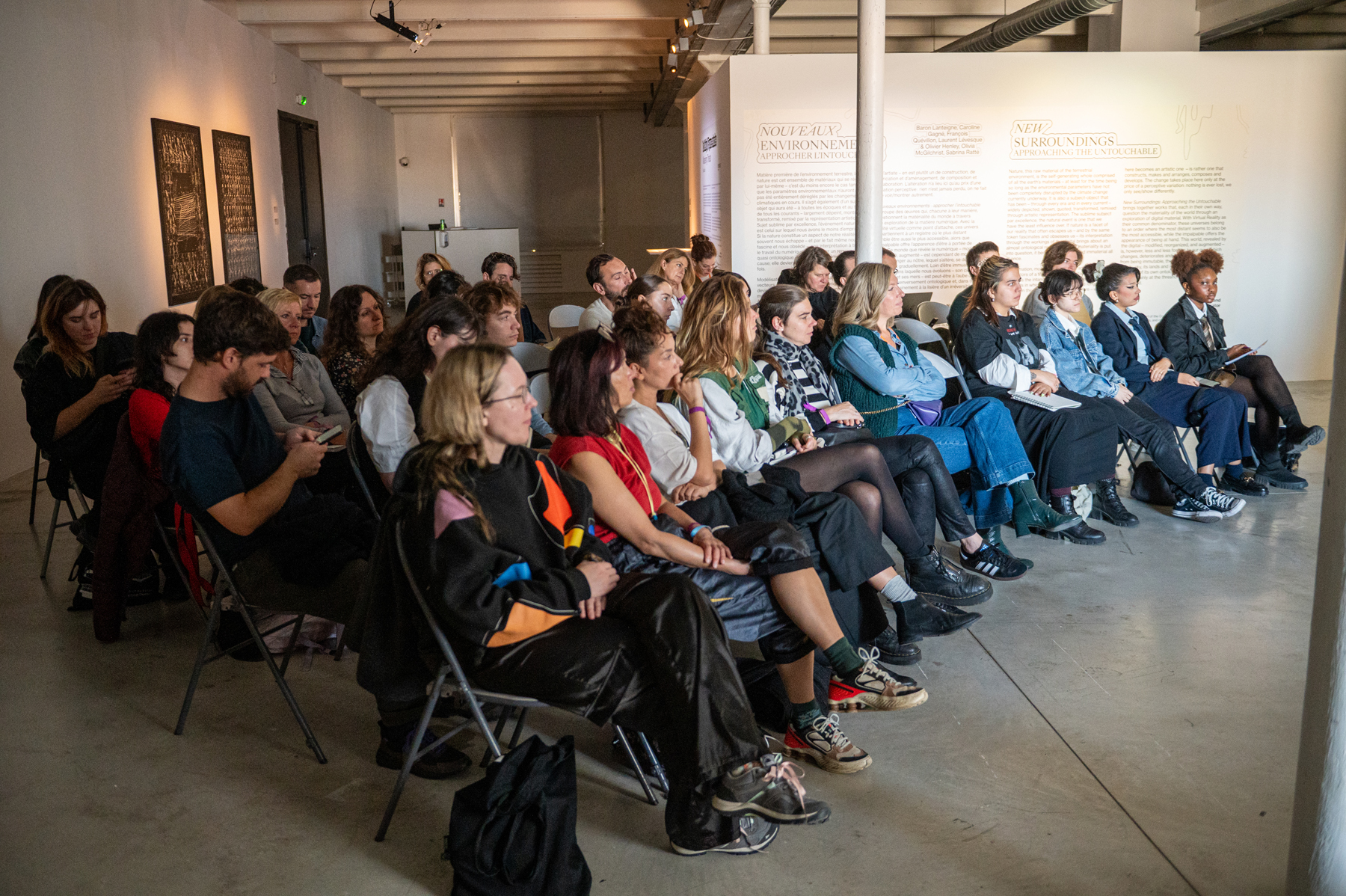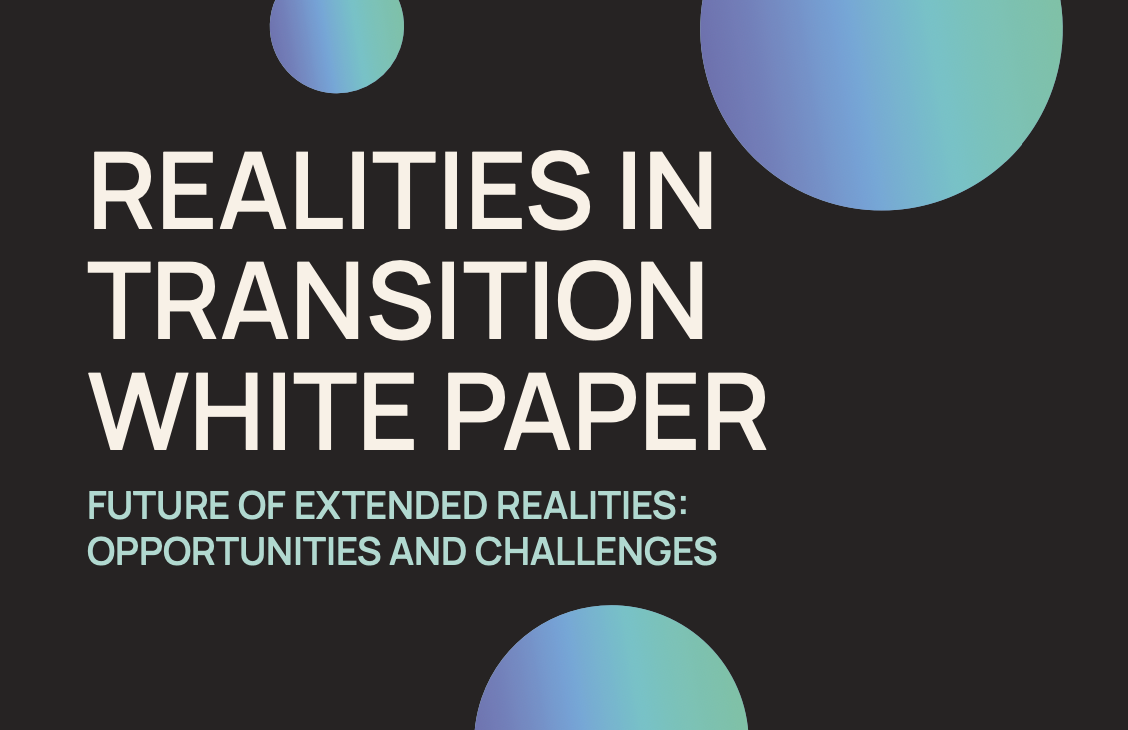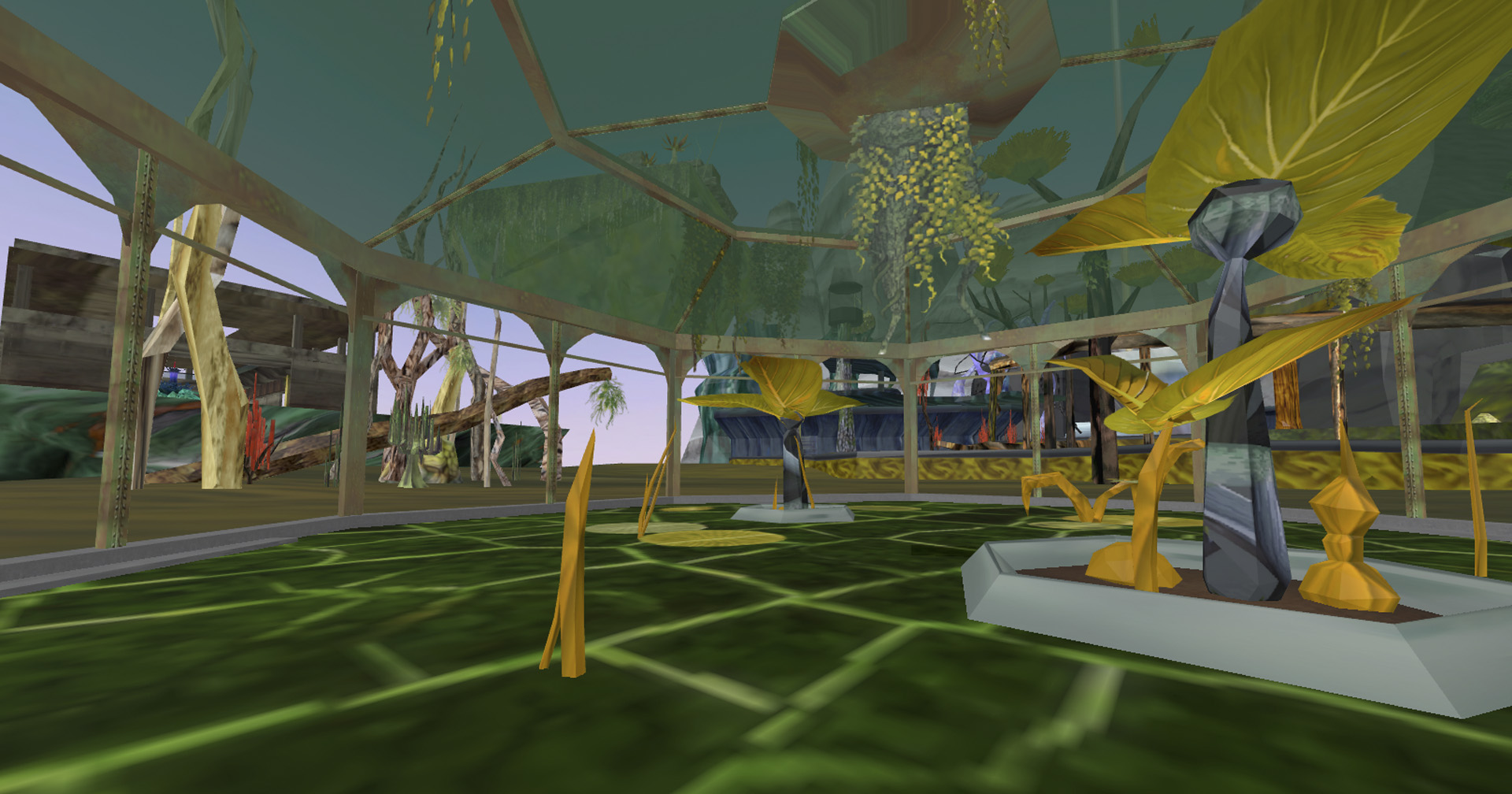Exploring the Edges of Virtuality: An Interview with Nicol Colga
“AR holds a significant allure due to its mixed reality nature. It allows for an augmented layer to be added to the user’s environment, creating a unique and immersive experience.”
Nicol Colga was one of the 7 selected artistic project for the first #RiT artistic residency, back in May 2023, in V2_ (Rotterdam). In this framework, Dark Euphoria asked her about their relationship to XR, their artistic path and favorite tools. With this 3 out of 7 special interview, discover Nicol Colga’s unique look on eXtended Realities…!
Dark Euphoria | Interviewer: Céline Delatte
Dark Euphoria | Interviewer: Céline Delatte So nice of you to represent today your artistic duo “Studio Comrades”. As your sidekick Edith Dingemans had to leave earlier, we’ll focus on your special relation to augmented / mixed reality that you explore together in order to develop multi level projects… To begin, could you please tell us a bit more about you?
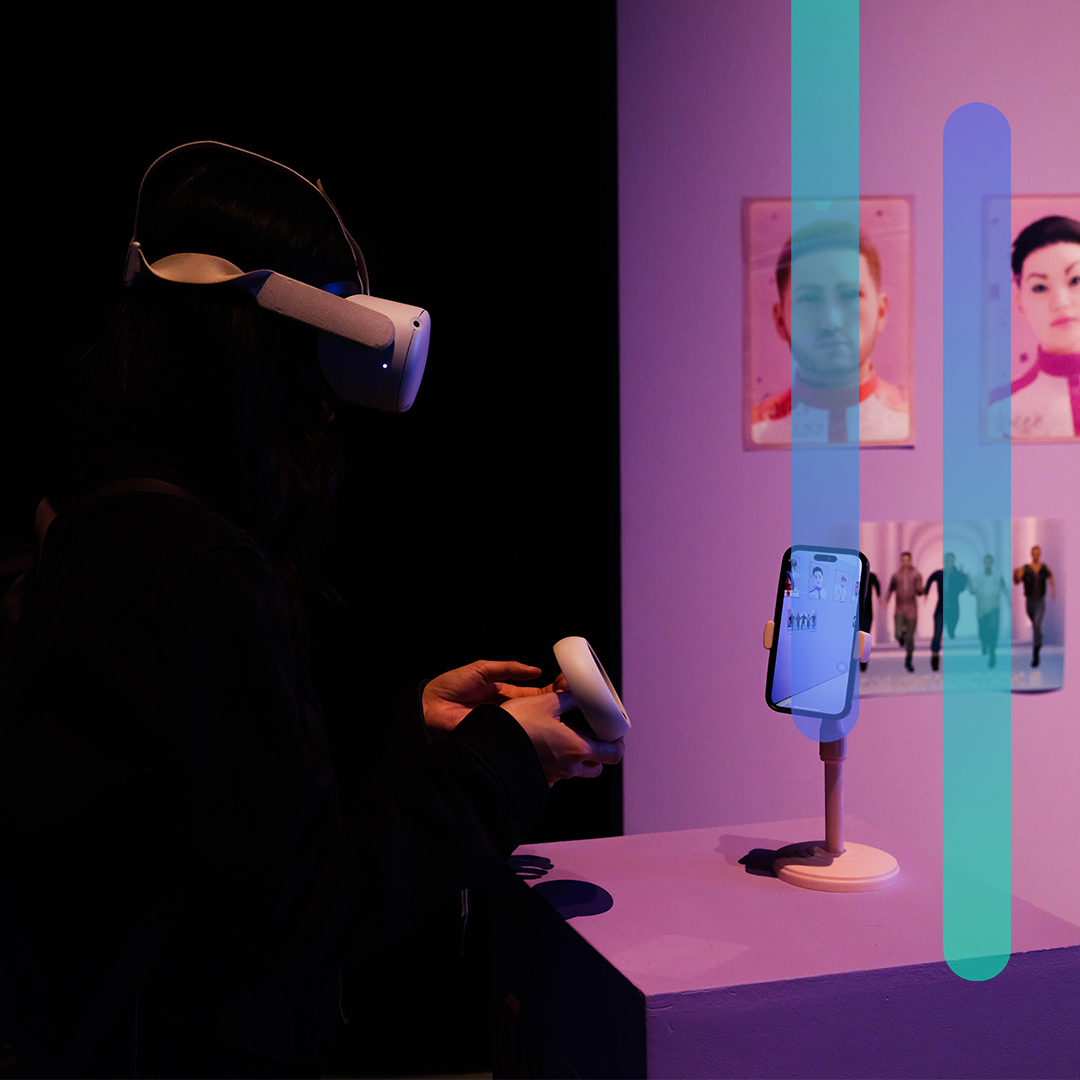
C.D. – First of all, could you present yourself and your artistic journey?
N. C. – I am Nicol. I am part of the Studio Comrades. We started our journey together during school time. We studied at Willem de Kooning Academy in Rotterdam. It’s our third big project together under the 2.5 Dimension method and approach that we develop, in which 2D and 3D, tangible and intangible, come together to create new and creative ways of storytelling that spark conversation. Mostly for that we are trying to combine print media with XR technology (AR/VR/MR). In our projects we like to work with social and contemporary themes, which are sometimes dismissed or not taken seriously. By working with these themes we create more space for conversation.
C.D. – What was your first contact with extended realities?
N. C. – In our studio, each team member has a specific role, and we collaborate on tasks within the realms of 2D and 3D design. Personally, I am responsible for the 3D aspect of our projects. My journey with 3D design began two and a half years ago during an internship when we decided to embark on our own business venture.
When starting our studio, we were in search of a unique niche to specialize in, and we gravitated towards XR (Extended Reality) technology. While we have a background in graphic design, we recognized that there are already many talented graphic designers who excel in areas such as creating graphics, booklets, or focusing on typography. This led us to explore the possibilities of working with augmented reality (AR) and virtual reality (VR).
For me personally, AR holds a significant allure due to its mixed reality nature. It allows for an augmented layer to be added to the user’s environment, creating a unique and immersive experience. Falling in love with augmented reality was a turning point for me, and it became my passion.
When it comes to 2D design tasks, I find myself feeling somewhat bored. However, in the realm of 3D design, I am awakened and filled with joy. The interactive nature of 3D design keeps me engaged and excited, as it allows for a more dynamic and immersive user experience. Additionally, I appreciate the UX (User Experience) component that is inherently tied to 3D design.
In my opinion, XR is the ideal realm for individuals who enjoy problem-solving. It presents a myriad of challenges and opportunities to find creative solutions. Working in XR provides a platform for exploring new frontiers and pushing the boundaries of design. Overall, I feel fortunate to be part of a team where I can pursue my passion for 3D design and contribute to the exciting world of XR.
C.D. – With which kind of specific tools do you solve your problems?
N. C. – My journey started with the very simple Adobe Dimension, but I skipped that software really quickly because it doesn’t have many features that you can really use. So I then jumped to Blender, and currently I’m working mostly on Blender to develop 3D models. The easiest way to develop an augmented reality is by using social media softwares for face filters/effects. (softwares like; Effect House, Snap AR) For example SparkAR is also a free software to use. You don’t have to publish it all the time to Facebook or Instagram because it also has the view on the app. So you can use it by your phone or your tablet, and then show it in an exhibition. This is what we have actually done with our current project. It’s not really required for you to have coding skills. I only have the basic knowledge in HTML, CSS and Java Script but I’m not really advanced. We have a lot of tools right now and most of them are for free. Everyone who just has access to a PC or Phone can start with XR.
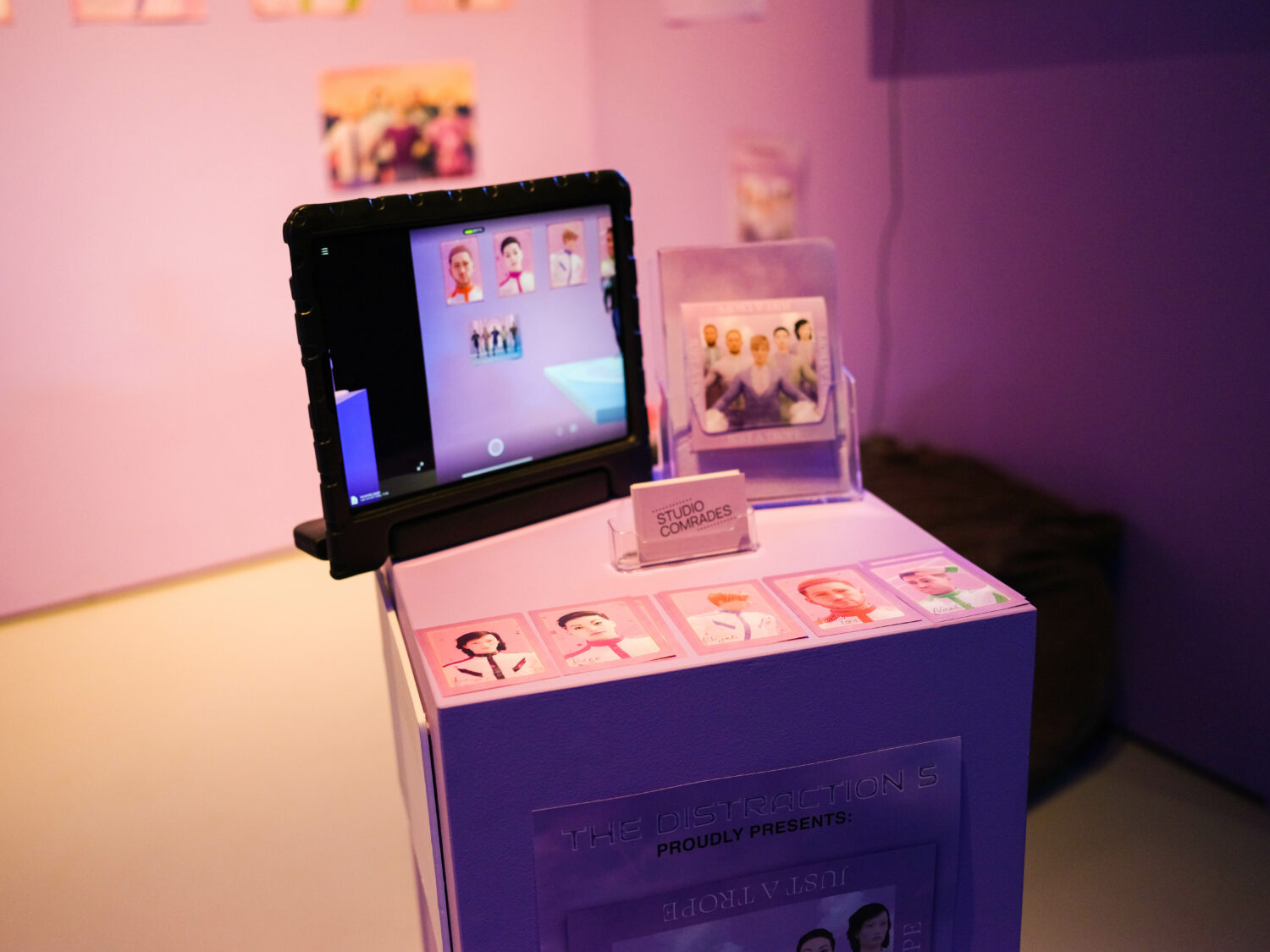
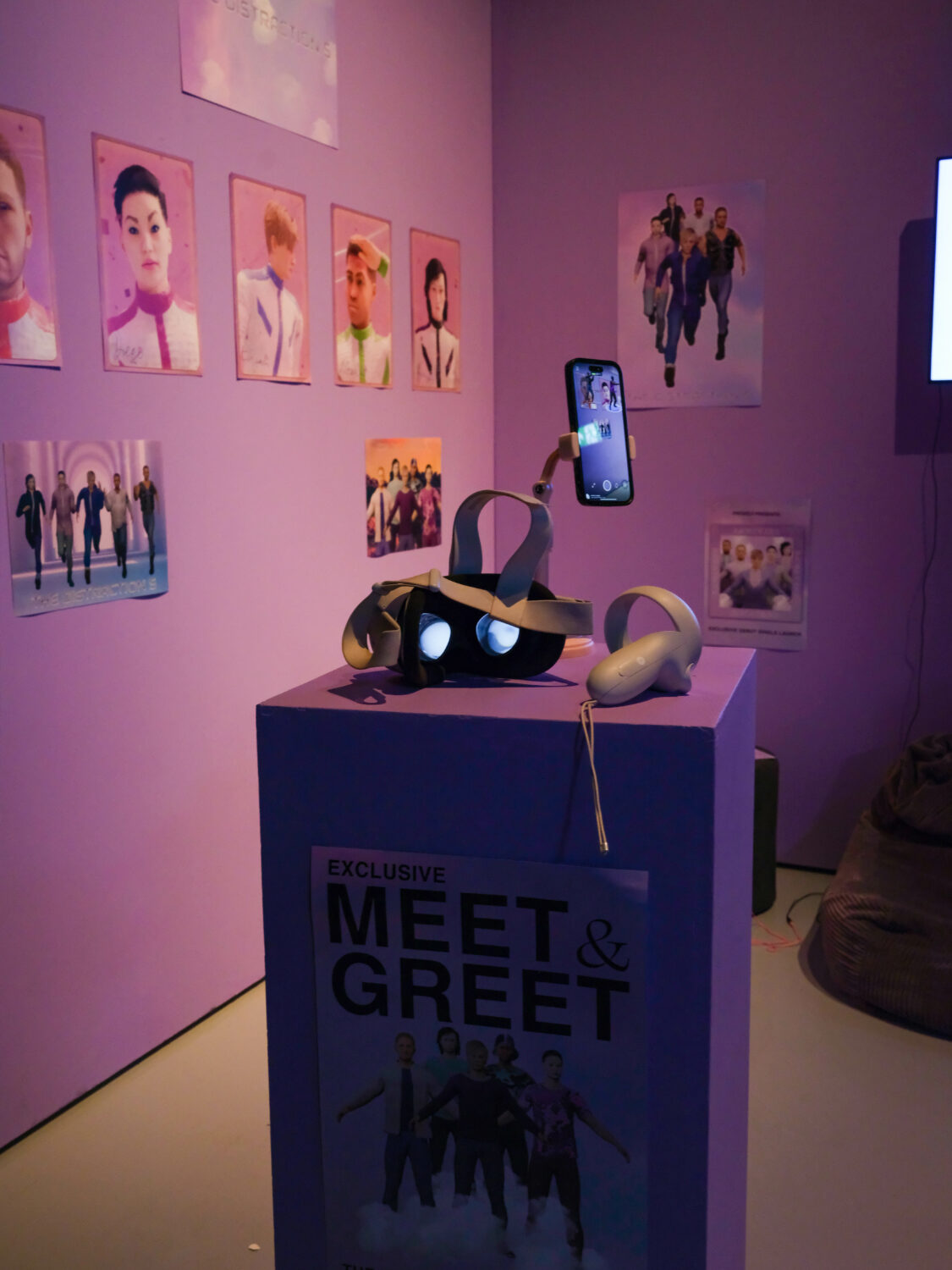
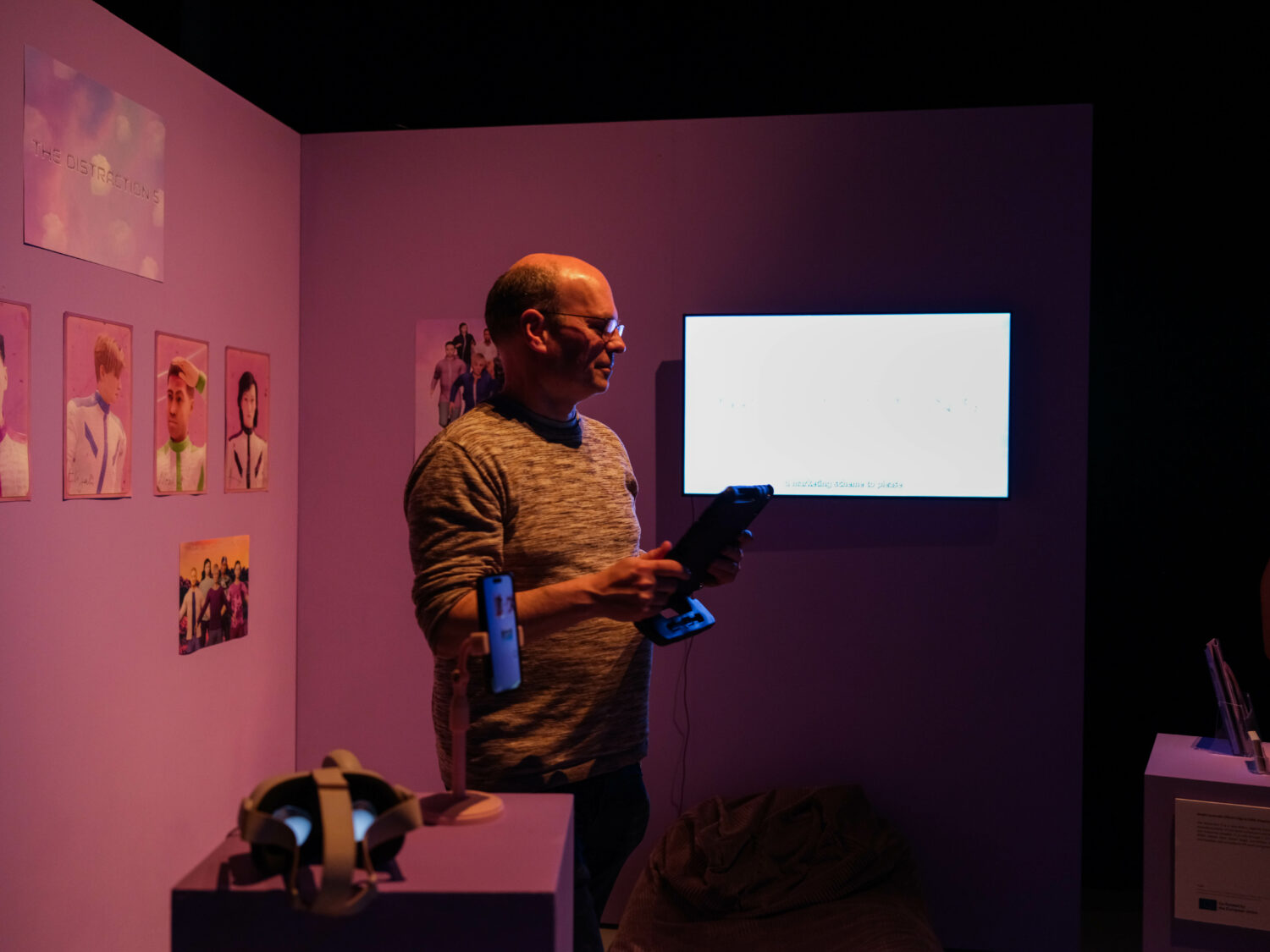
C.D. – Do you have any advice on how to learn that kind of tool or to find XR resources?
N. C. – To be honest, I still think that there’s not yet one really good resource. I would recommend people to use a lot of YouTube channels (Blender: Blender Guru , AR tips: Doddz and Emiliusvgs). When people have some problems to solve, they can just look it up online or go for specific community forums, like the Blender Market or GitHub. People also with the same kind of problematics share the experiences that they have, and I think this is the way to really learn stuff. I personally never had any courses. Even at my school, we did not have something like this. We do have a basic Spark AR usage, but it was just a one day workshop. And for VR, we also had a one day workshop. And that was it. It’s really something that you learn on your own. Mostly by fails. What I really like in AR and dislike at the same time is that; in VR let’s say the images that you are producing are always the same as what you are showing in the headset. With augmented reality, the challenge is that your model can look brilliant in Blender, but when you bring it to the reality, it can look weird, or some textures are not included. You’re like “I really want this transfluent color, how I can make it”. This is very challenging and fascinating, but at the same time frustrating.
C.D. – What would you recommend for an artist or creative that wants to start with XR? What’s the entry point?
N. C. – To excel in the world of XR (Extended Reality), there are a few important factors to consider. One crucial aspect is developing spatial imagination, which allows individuals to envision and create three-dimensional experiences. It is not uncommon to encounter artists or designers who primarily possess a two-dimensional vision, leading to VR experiences that lack the full three-dimensional aspect. It is essential to understand that VR and AR require thinking in a three-dimensional world, encompassing a 360° perspective rather than solely focusing on what is directly in front of our eyes.
For those interested in XR, it is essential to assess whether they possess a natural sense of spatial imagination. This ability can be honed and developed over time. Drawing upon personal experience in fashion design, my background in creating three-dimensional garments at a young age made the transition into the 3D realm more natural. This serves as a foundation for embracing the possibilities offered by XR.
Furthermore, individuals pursuing XR must familiarize themselves with modeling techniques. Learning how to sculpt and shape objects in a three-dimensional space is crucial. Additionally, acquiring some knowledge of coding can be beneficial in order to develop and refine XR experiences further.
While it is possible to download premade assets, it is often necessary to manipulate them to suit specific requirements. Various software tools such as Blender, Maya, ZBrush, Cinema 4D, Unreal Engine and Unity enable the manipulation and modification of 3D graphics. However, it is important to note that mastering these tools may involve a learning curve.
In the realm of XR and technology, continuous learning is paramount. The landscape is constantly evolving, and staying updated is crucial. It is essential to embrace the fact that everything related to technology is a constant learning process. Standing still is not an option; one must constantly seek to expand and update their knowledge to keep pace with the rapid advancements in the field.
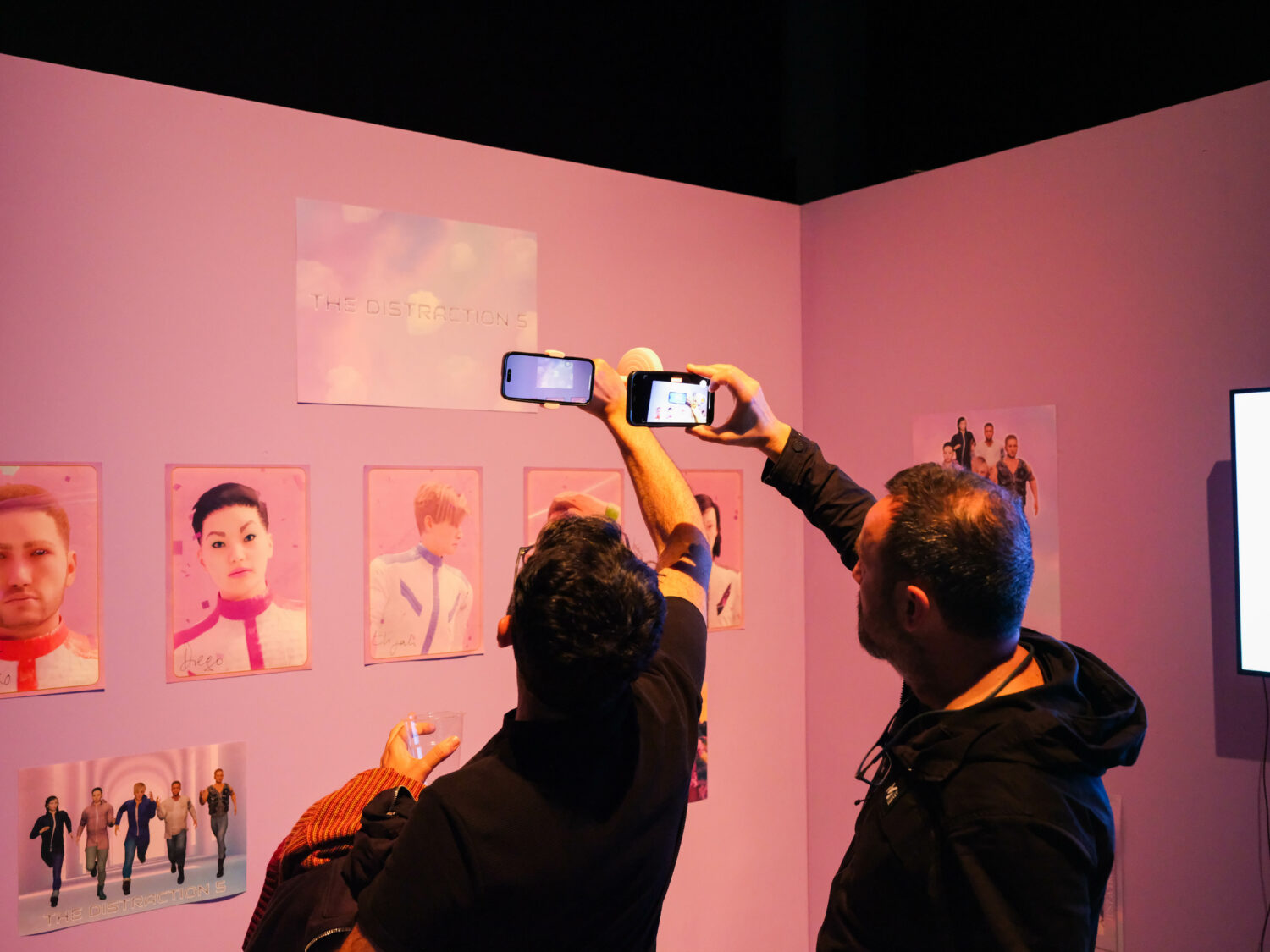
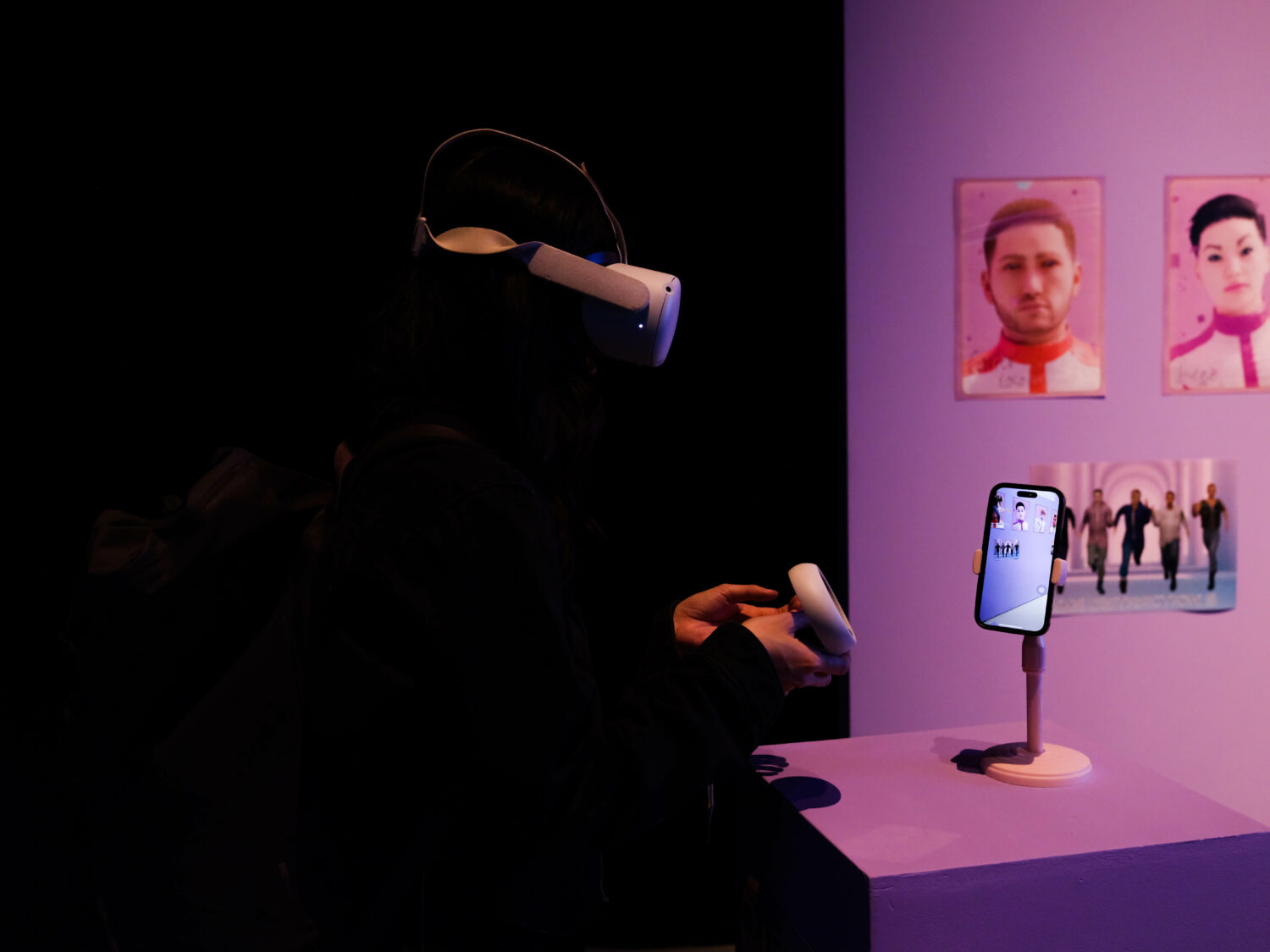
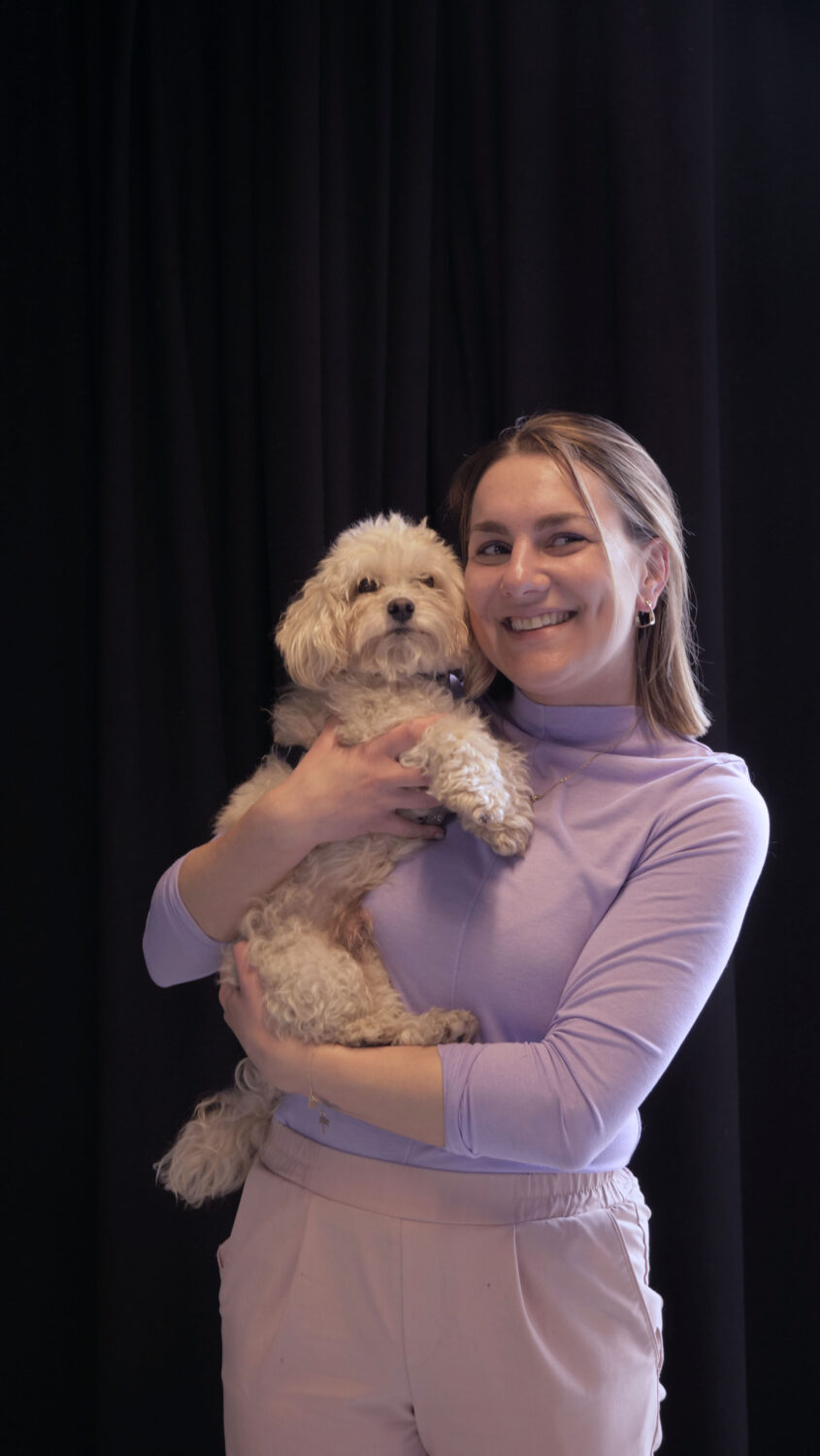
C.D. – Where do you think XR is headed and where would you like it headed?
N. C. – Good question. This is also like, how we perceive XR… When we talk about AI, the future can be really pessimistic, but in the same sense could be really bright. It really depends on how the new generation, like alpha and gen Z are gonna use those technologies. I personally see a lot of potential in that. Especially for education and for people with visual impairment. People with phobias already use VR and AR. So to treat people with some mental struggles. For medicine it’s also used a lot. It has a lot of really positive usage. But of course, when it comes to our data privacy and publicity, we could be very skeptical. So the question is how we’re going to manage this part of not giving all the power to external parties who could manipulate us.
I think this is also up to the whole society. We shouldn’t be like “I cannot do anything. I am just blindly using Instagram and Facebook because everyone does it.” People have to be aware of the consequences. Even when you are using it, you have to know that the Meta can have your data and they are allowed to do almost everything that they want, right? You are not in control of that, but you have a service and you accepted it. I hope that there will be a shift, and that social media will be perceived a bit differently by society. We could then make this shift more positively, being more aware of how we gave these data to those external parties; to be more in control. So then that XR world holds immense potential, offering a vibrant and promising future.
C.D. – Let’s wait for this shift. No, let’s make it!
I hope yes. Because We still miss it. I mean, the European Union starts making laws that will regulate that. But for the past 20 years, we were just happy to have technology and not really thinking what consequences it can have… I’m happy we started wondering and I hope that the two new generations will go further. Our future could be finally something that we have control of, right? Maybe it’s too optimistic, but…
We need optimism!


